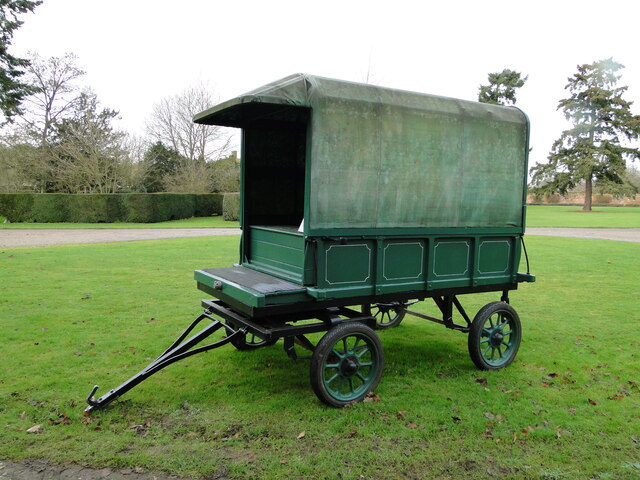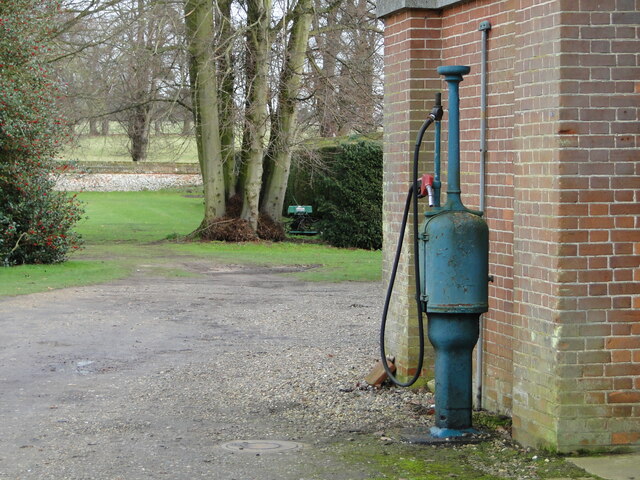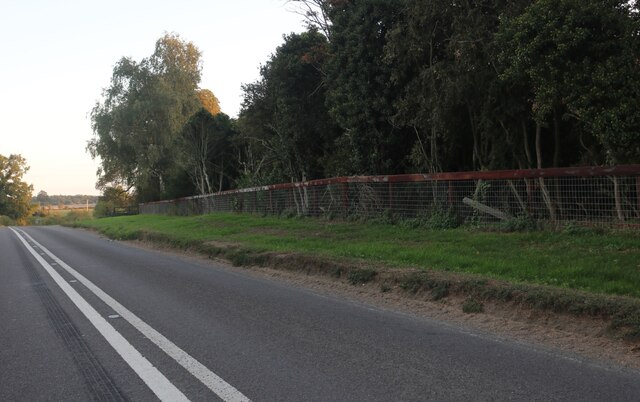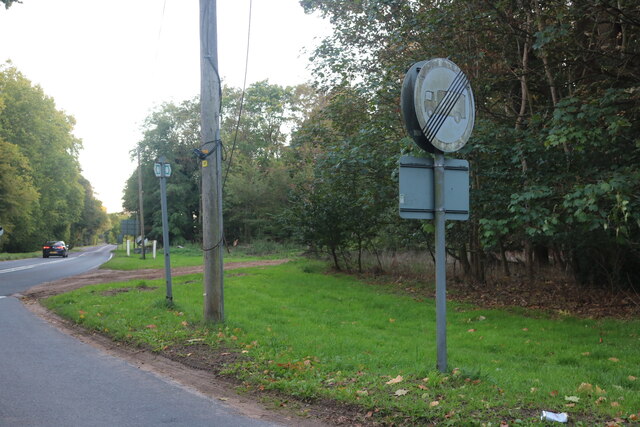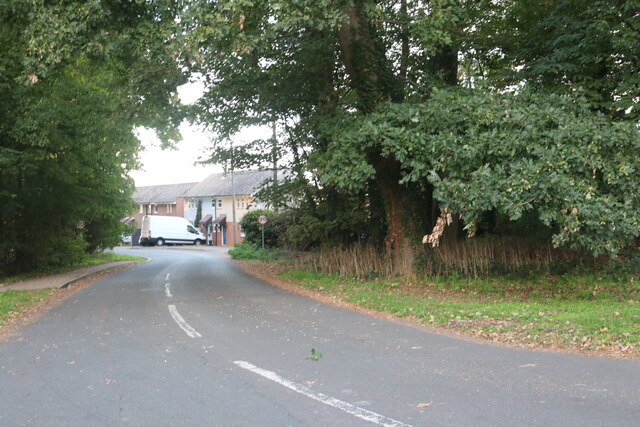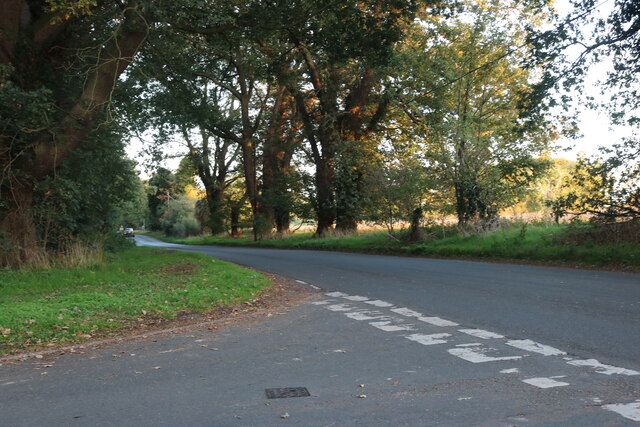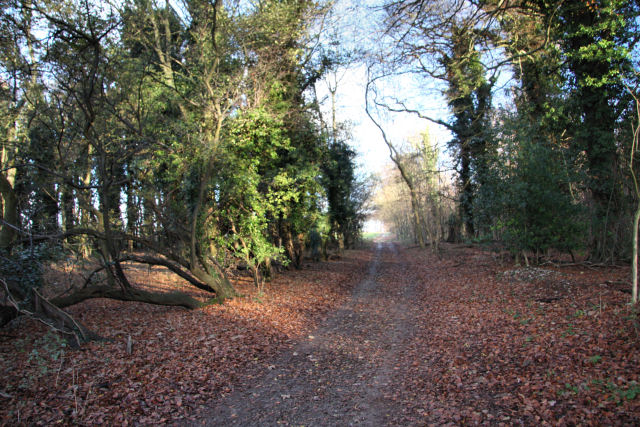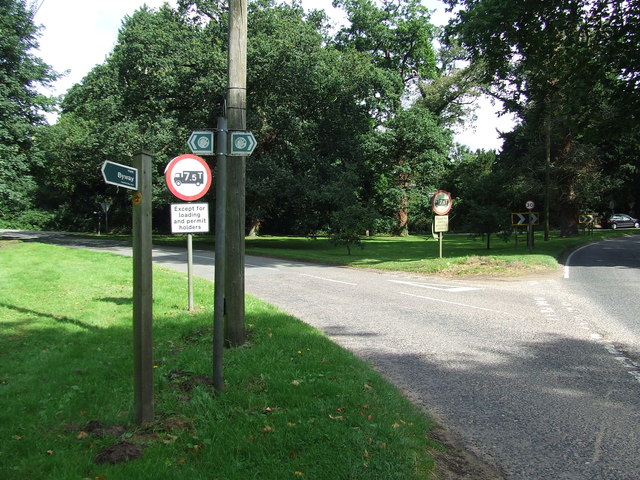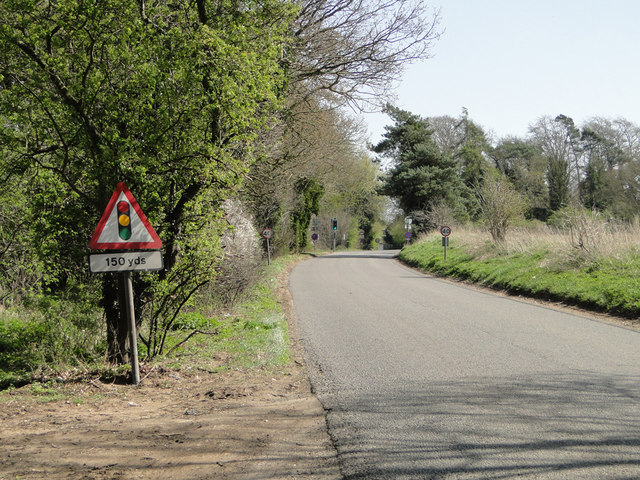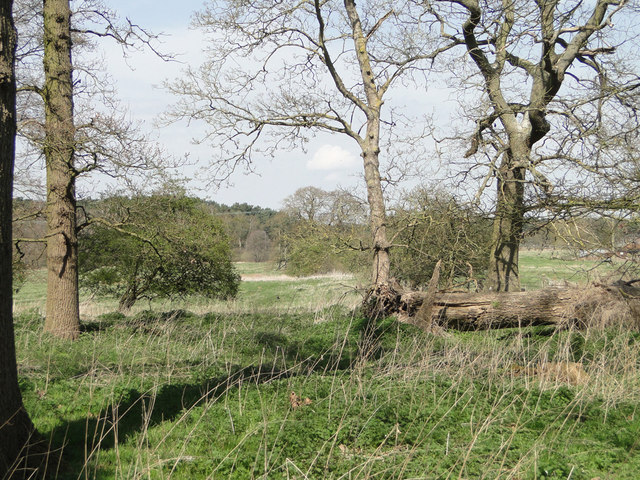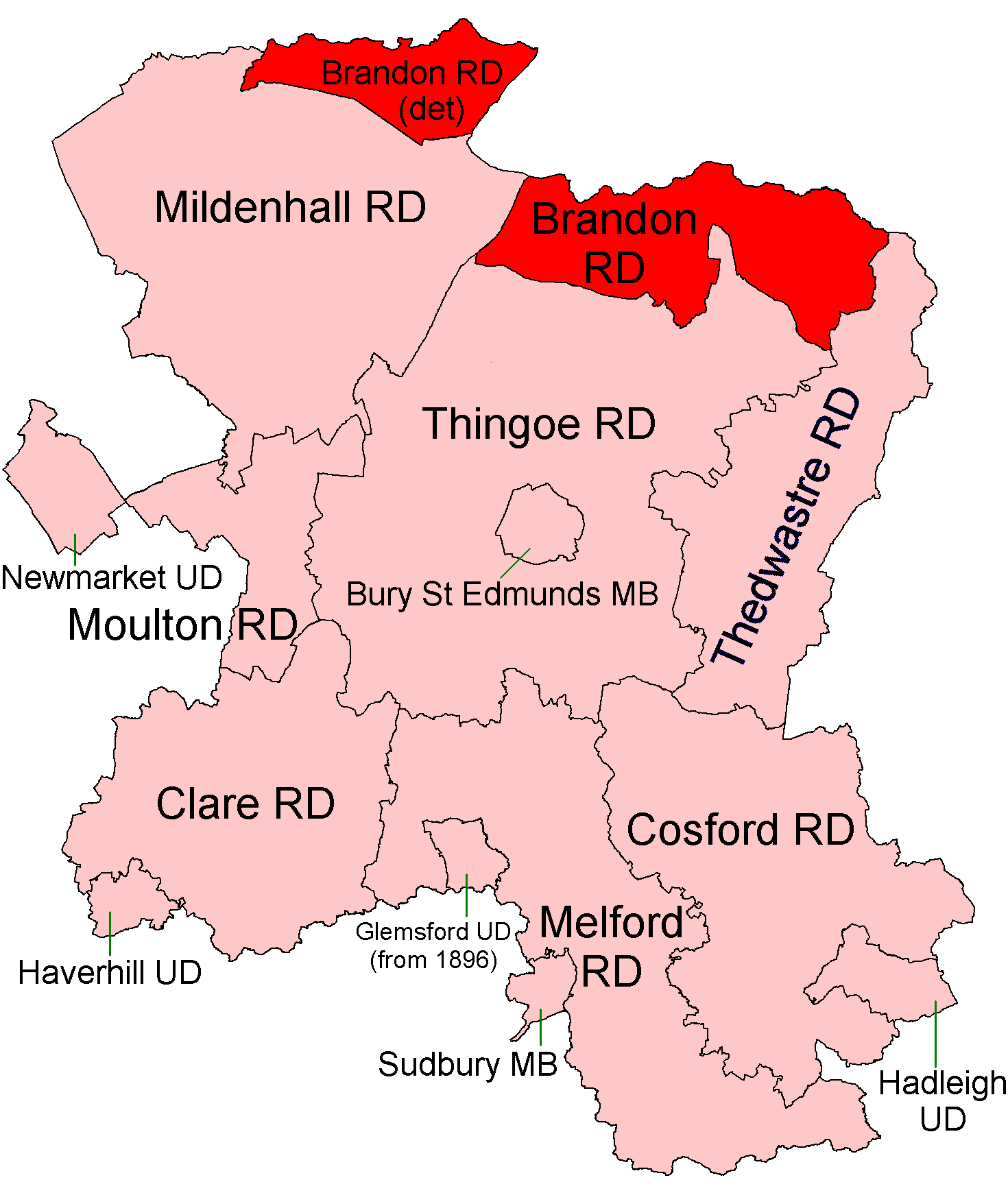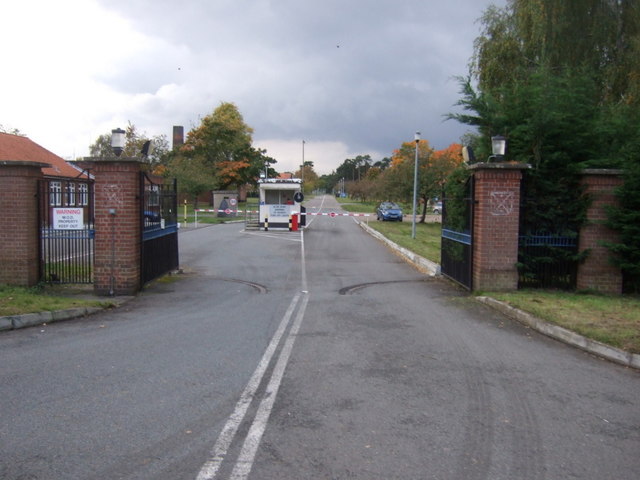Gravelpit Plantation
Wood, Forest in Suffolk West Suffolk
England
Gravelpit Plantation
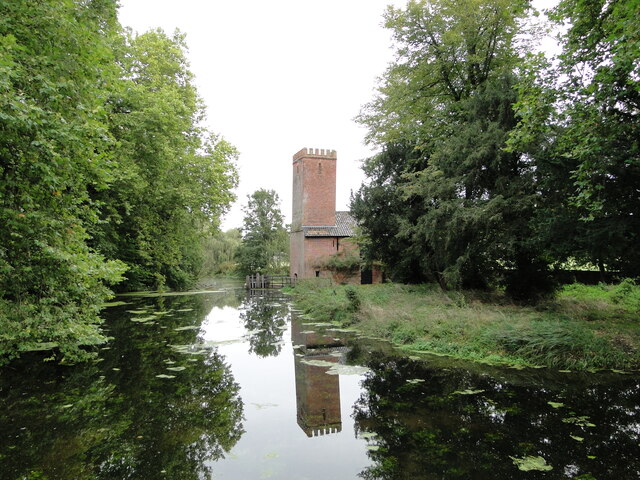
Gravelpit Plantation is a picturesque woodland located in Suffolk, England. Spread across a sprawling area, the plantation is renowned for its rich history and natural beauty. Nestled amidst a serene countryside, it offers a tranquil escape from the hustle and bustle of city life.
Covered in a dense canopy of trees, Gravelpit Plantation is predominantly composed of various species of oak, beech, and birch. The woodland's diverse flora and fauna make it an ideal habitat for a wide range of wildlife, including deer, foxes, and numerous bird species. Visitors can often catch glimpses of these creatures as they explore the plantation's well-maintained trails.
The plantation's name, Gravelpit, originates from the remnants of an old gravel quarry that was once in operation. These pits have now been reclaimed by nature, creating small ponds and wetland areas that add to the plantation's charm.
With its interconnected network of paths, Gravelpit Plantation offers a range of activities for outdoor enthusiasts. Hiking, cycling, and horseback riding are popular ways to explore the woodland and take in its scenic vistas. There are also designated areas for picnicking, allowing visitors to relax and enjoy the peaceful surroundings.
Due to its historical significance and natural beauty, Gravelpit Plantation attracts both locals and tourists alike. It provides a unique opportunity to immerse oneself in the tranquility of Suffolk's countryside, while also offering a glimpse into the region's past. Whether it's for a leisurely stroll or a day of exploration, Gravelpit Plantation offers an idyllic destination for nature lovers and history enthusiasts.
If you have any feedback on the listing, please let us know in the comments section below.
Gravelpit Plantation Images
Images are sourced within 2km of 52.379247/0.76296494 or Grid Reference TL8879. Thanks to Geograph Open Source API. All images are credited.

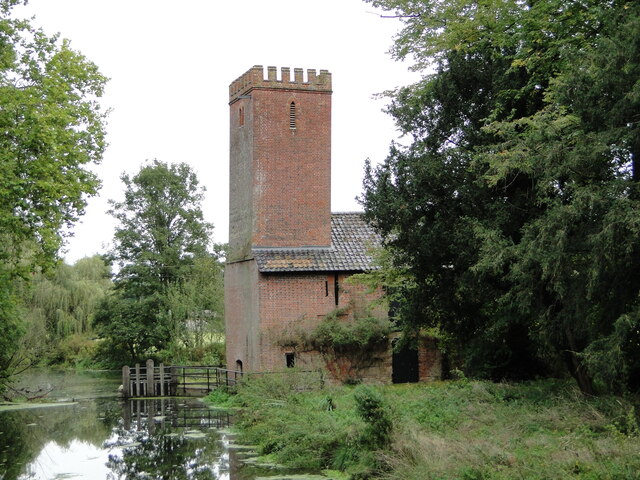
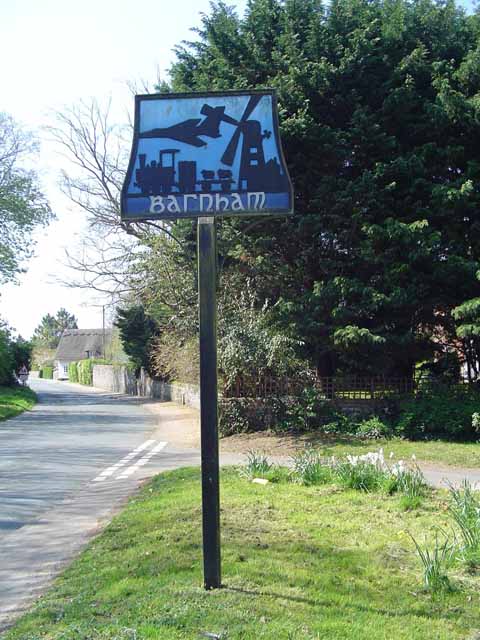
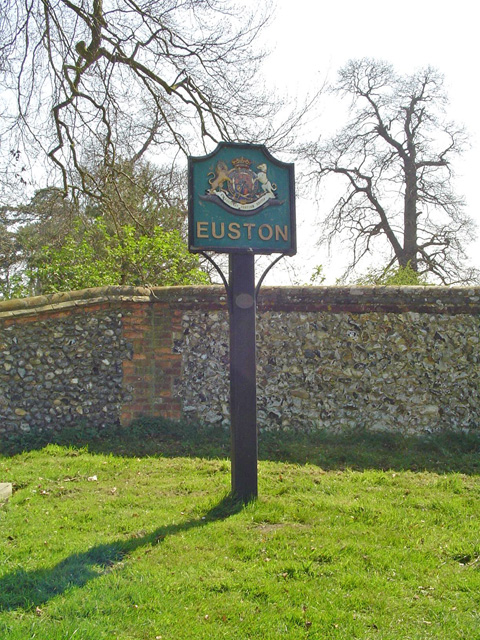
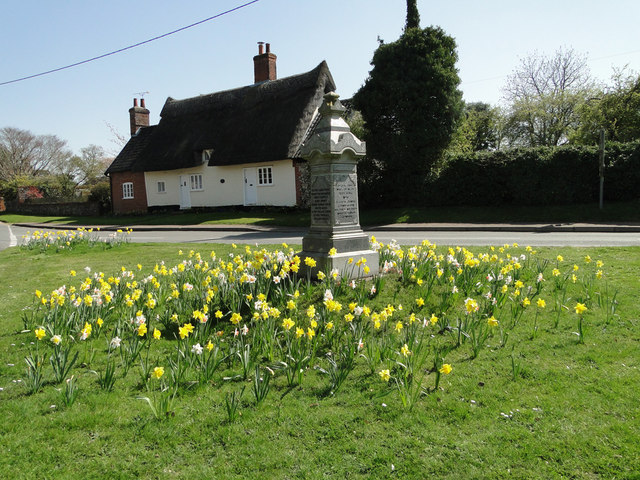
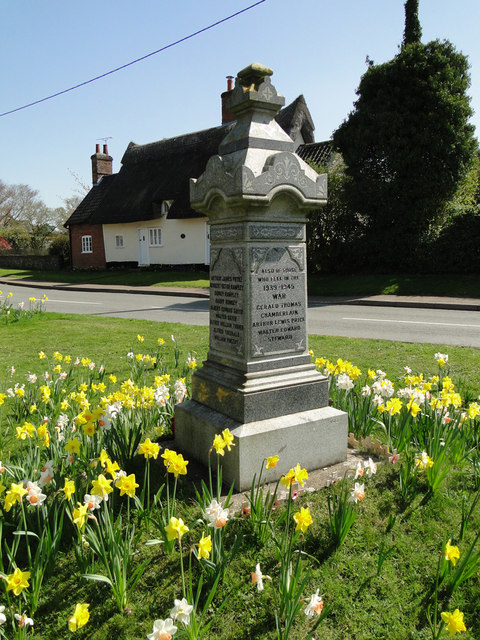
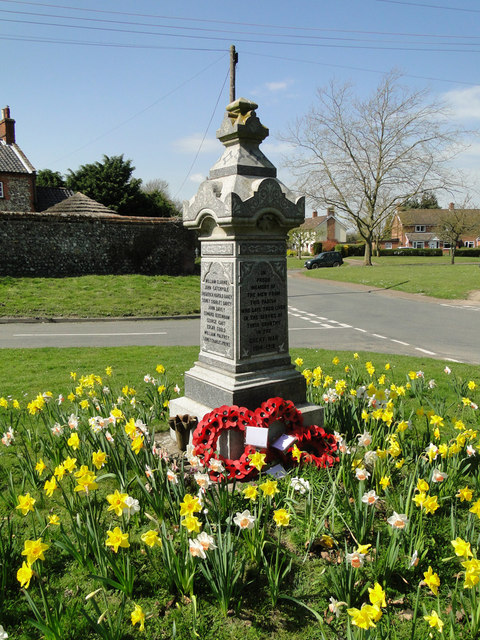
Gravelpit Plantation is located at Grid Ref: TL8879 (Lat: 52.379247, Lng: 0.76296494)
Administrative County: Suffolk
District: West Suffolk
Police Authority: Suffolk
What 3 Words
///rekindle.crass.moth. Near Thetford, Norfolk
Nearby Locations
Related Wikis
Barnham Heath
Barnham Heath is a 78.6-hectare (194-acre) biological Site of Special Scientific Interest near Barnham, a village south of Thetford in Suffolk. It is a...
Barnham, Suffolk
Barnham is a village and civil parish in the West Suffolk district of the English county of Suffolk about 3 miles (4.8 km) south of Thetford and 9 miles...
Barnham Windmill, Suffolk
Barnham Mill is a tower mill at Barnham, Suffolk, England which has been converted to residential accommodation. == History == Barnham Mill was built for...
Brandon Rural District
Brandon was a rural district in Suffolk, England from 1894 to 1935. The district was created in 1894 as the Suffolk part of the Thetford rural sanitary...
Euston, Suffolk
Euston is a village and civil parish in the West Suffolk district of Suffolk in eastern England. Located on the A1088 around two miles south of Thetford...
Euston Hall
Euston Hall is a country house, with park by William Kent and Capability Brown, located in Euston, a small village in Suffolk located just south of Thetford...
Barnham railway station (Suffolk)
Barnham railway station is a former station in Barnham, Suffolk on a now closed line between Thetford and Bury St Edmunds. It was located close to the...
RAF Barnham
RAF Barnham (also called Barnham Camp) is a Royal Air Force station situated in the English county of Suffolk 2 miles (3.2 km) south of the Norfolk town...
Nearby Amenities
Located within 500m of 52.379247,0.76296494Have you been to Gravelpit Plantation?
Leave your review of Gravelpit Plantation below (or comments, questions and feedback).
